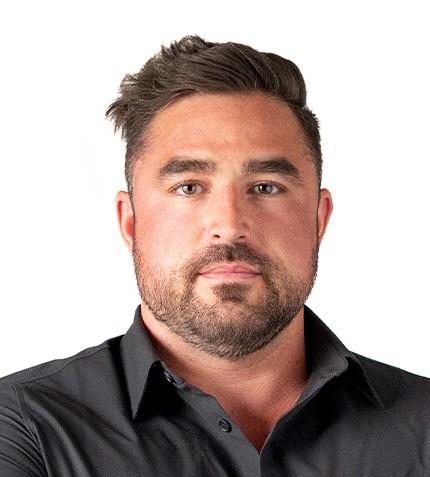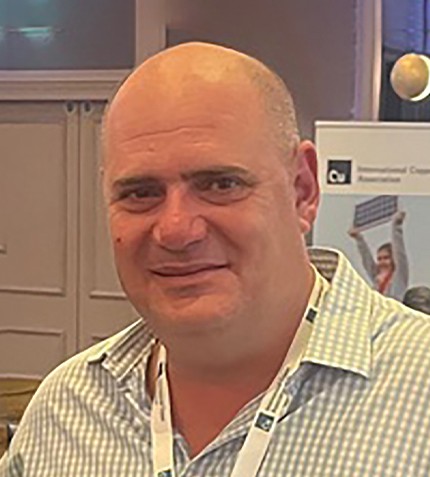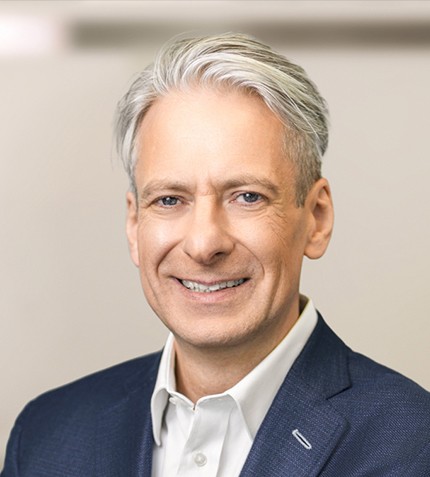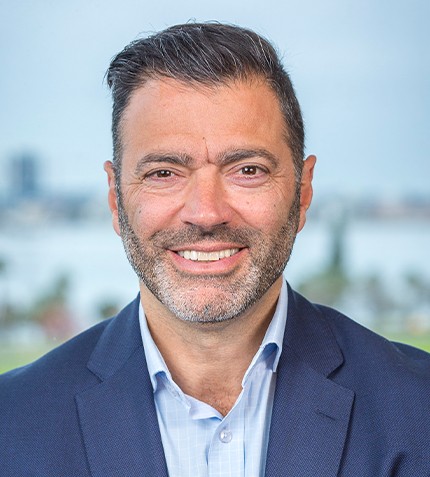
"I applaud the Ministry for putting out a strategic vision for mine development in Québec as this provides a pragmatic roadmap for the industry to get behind."
Jason Attew
PRESIDENT AND CEO, OSISKO GOLD ROYALTIES
What have been the latest developments for Osisko Gold Royalties (Osisko)?
Osisko Gold Royalties (Osisko) is celebrating its 10th anniversary. Since its inception in 2014, Osisko has taken the company from one producing royalty to 20 producing royalties and streams and over 185 assets in various stages of development and exploration. In 2024, Osisko will see another two new assets evolve into cash flow contributors. Our portfolio offers investors exposure to high-quality assets, with the majority of our net asset value being associated with producing mines and development projects located in tier-one mining jurisdictions.
My priority is to be disciplined with our capital deployment into high-quality assets in low-risk jurisdictions with management teams that have the best technical acumen. Osisko has a peer-leading geopolitical risk profile, and we have 30% organic growth in our assets that are already bought and paid for over the next five years, meaning that there will be no contingent capital or cash calls for Osisko. We will ensure that any future new transactions we underwrite exceed our cost of capital.
Can you elaborate on Osisko’s asset portfolio?
Osisko’s asset portfolio is anchored by the 3% to 5% royalty on the Malartic Complex in Québec, which represents approximately 30% of our net asset value. At Malartic, the operator, Agnico Eagle is currently transitioning from a low-grade bulk tonnage open pit operation to a higher-grade underground mine in an effort to bring the asset to production upwards of 1 million oz/y, assuming it can maximize the future latent processing capacity. In Québec, which we consider to be a leading jurisdiction, if not the best jurisdiction globally, we have additional exposure through our royalties on the producing Lamaque and Éléonore mines, as well as gold equivalent ounce growth through the Windfall, Corvette, Horne 5, and Marban development assets.
After Canadian Malartic, Osisko’s next most important asset is the Mantos Blancos copper-silver mine located in Chile and operated by Capstone Copper, whereby we stream off 100% of the payable silver produced. Next, we have a silver and copper stream on the recently acquired CSA mine in New South Wales, Australia. We additionally have a 2.2 – 3.5% royalty on the Éléonore gold mine in Québec operated by Newmont. Topically, Newmont is currently in the process of selling Éléonore, and we are looking for ways to support the new owners in the form of financing and using our relationships with Québec-based institutions, such as Investissement Québec and the CDPQ to hopefully provide a “Made in Québec” solution as this mine transitions into a new ownership structure.
In terms of commodities, is Osisko looking to delve more into the critical mineral space?
Québec will be at the epicenter of the critical minerals revolution and the green energy transition, and Osisko will do everything possible to financially assist high-quality critical mineral projects, but only if the project has precious metals associated with it.
What is Osisko’s ESG strategy?
First, we have maintained our commitment to diversity with women continuing to make up over 30% of our board and 46% of our staff, and minorities representing approximately 25% of our staff. On the environmental side, we have conducted climate change scenarios to gauge the exposure of key assets to climate-related risks and opportunities, which helped inform our inaugural 2024-2027 Climate Change Strategy.
ESG is critical when adding assets to our portfolio, and we conduct vigorous due diligence prior to investing in any project.
What is the attractiveness of the royalty model in today's financial environment?
Royalties and streams have now become commonplace alongside debt and equity when mining companies run a financing process due to the competitive cost of capital these models can provide, especially considering that there has been a significant retrenchment in providers of conventional bank project financing over the past 10 to 15 years, along with volatile sectoral equity markets.
What are the opportunities and challenges for the gold industry in Québec?
Québec is one of the best mining jurisdictions globally for mining companies to get projects into production profitably, and in terms of regulatory processes, project approval processes, and access to supportive capital. I applaud the Ministry for putting out a strategic vision for mine development in Québec as this provides a pragmatic roadmap for the industry to get behind.










